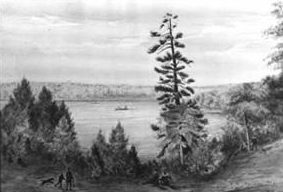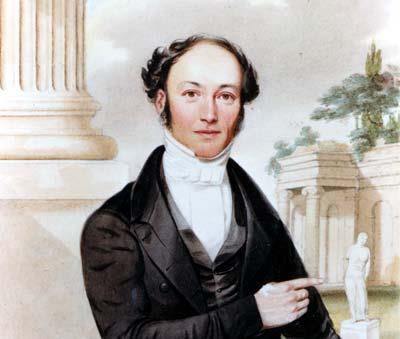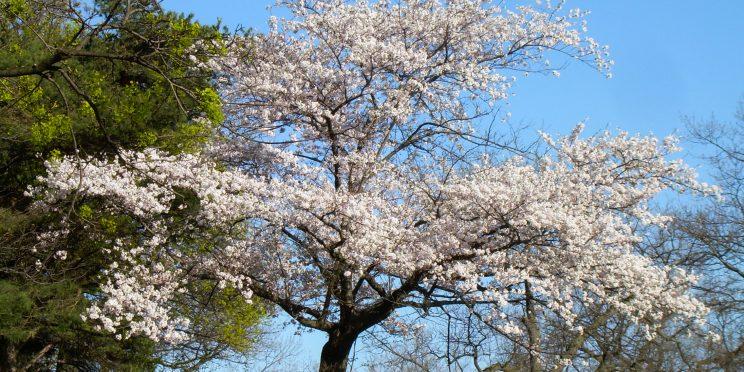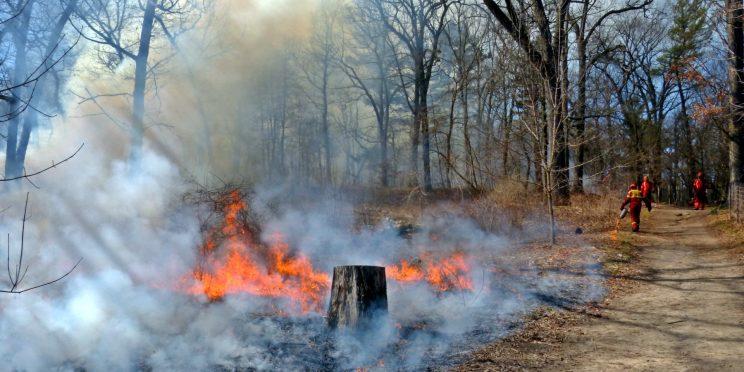Cultural History of Toronto's High Park
Archaeological evidence indicates that native peoples inhabited the High Park area as early as 7,000 BC. The nearby Humber River was a well-used trade route linking native settlements between Lake Ontario and Georgian Bay. In the 1600s an Iroquois village known as Teiaiagon flourished on the edge of the Humber valley northwest of High Park where villagers cleared surrounding lands using fire and cultivated corn, beans and maize on the sandy uplands.
We acknowledge that the land we now know as Toronto, which includes High Park, is the traditional territory of many nations including the Mississaugas of the Credit, the Anishnabeg, the Chippewa, the Haudenosaunee and the Wendat peoples, and is now home to many diverse First Nations, Inuit and Métis peoples. We also acknowledge that Toronto is covered by Treaty 13 with the Mississaugas of the Credit. — High Park Nature
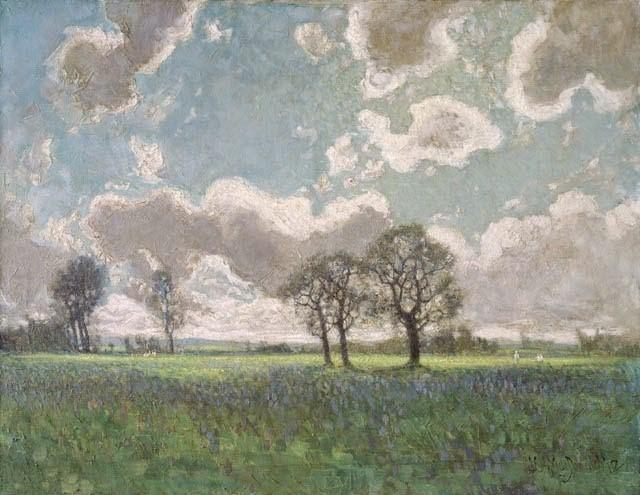
Featured Article

John and Jemima Howard
In 1836, with intentions to run a sheep farm, John and Jemima Howard bought 165 rural acres stretching from Lakeshore Road up to Bloor Street. On this land they built a country home known as Colborne Lodge. The Howards’ property became the basis of High Park when they deeded most of it to the city in 1873. The generous gift came with some strings:
- The park must be kept in a natural state.
- It must be for the free use, benefit and enjoyment of all citizens.
- Drinking alcohol must not be allowed in the park...
Human History of Toronto's High Park
Early history
Native peoples very likely used the High Park area when they settled in the Toronto region. Nearby, at the Humber River, a well-used trade route linked Lake Ontario and Georgian Bay, and another historic trail ran along the eastern side of Grenadier Pond. See also: Indigenous History.
1836
Architect, engineer and land surveyor, John G. Howard and his wife Jemima, purchase 165 acres of land extending from Lake Ontario to Bloor Street. Because of the height of land overlooking the lake, the Howard’s name their property High Park.
1837
John Howard designs a Regency-style picturesque cottage on the south end of the property and names it Colborne Lodge. The Howards move in in December. In time, Howard acquired another large parcel of land nearby...



